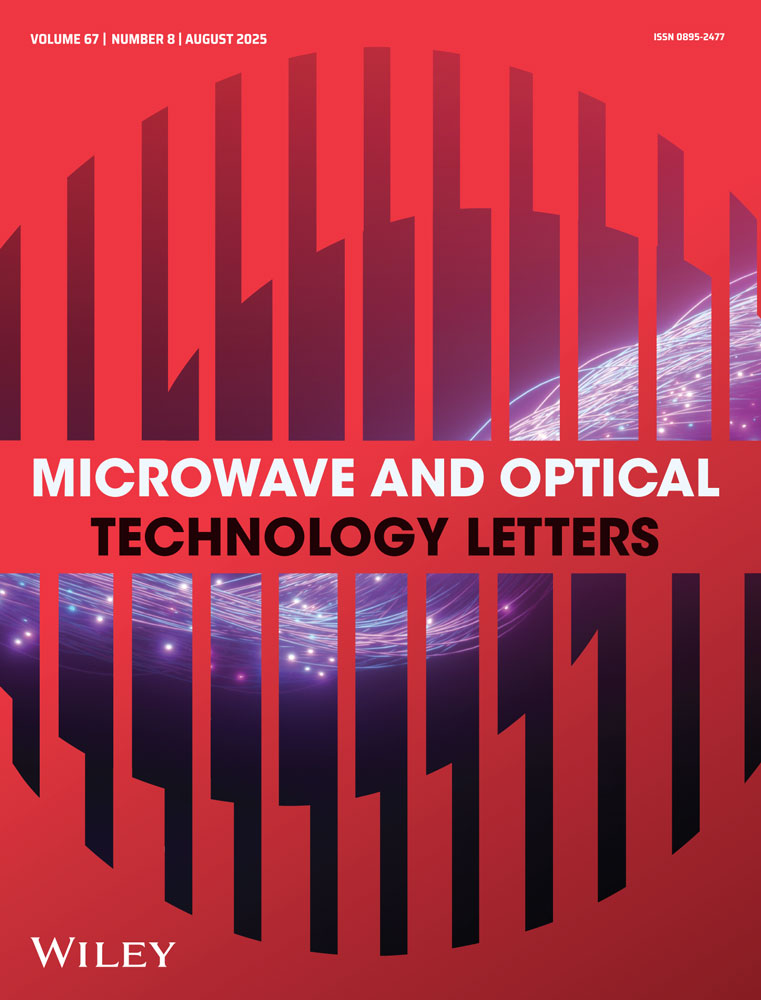Internal shorted monopole antenna for the watch-type wireless communication device for Bluetooth operation
Abstract
An internal shorted monopole antenna suitable to be embedded within the watch-type wireless communication device is presented. The antenna generally has a planar configuration and is mounted conformal along the side surfaces of the wireless device to operate as an internal or concealed antenna. The antenna also shows a low profile of 4 mm only, yet providing a wide bandwidth for Bluetooth operation in the 2.4 GHz band (2400–2484 MHz). In addition, the antenna is designed to be short-circuited to an upper ground plane mounted above the main system ground plane of the wireless device. With the proposed arrangement, reduced coupling between the antenna and the nearby lossy medium can be achieved. Hence, when the wireless device with the proposed antenna is worn around the user's wrist or forearm, which functions as a lossy medium, the antenna's radiation efficiency can still reach about 50% over the operating band. Details of the proposed antenna and the promising watch-type wireless communication device are presented. © 2007 Wiley Periodicals, Inc. Microwave Opt Technol Lett 49: 942–946, 2007; Published online in Wiley InterScience (www.interscience.wiley.com). DOI 10.1002/mop.22322




